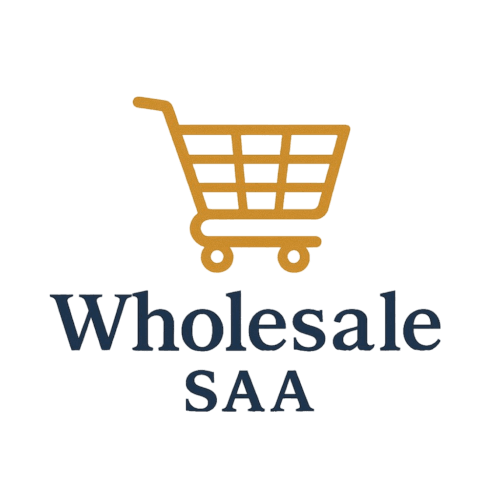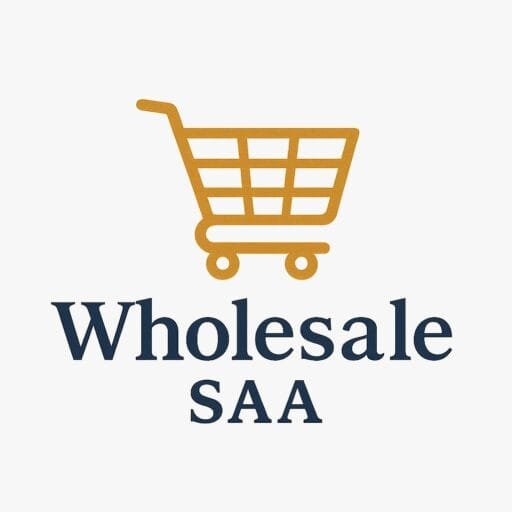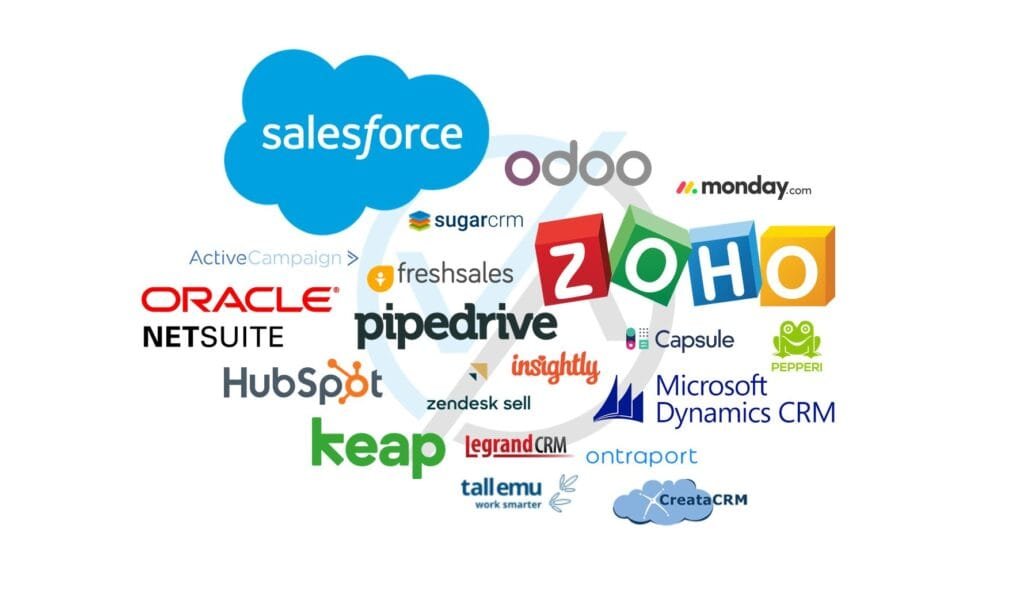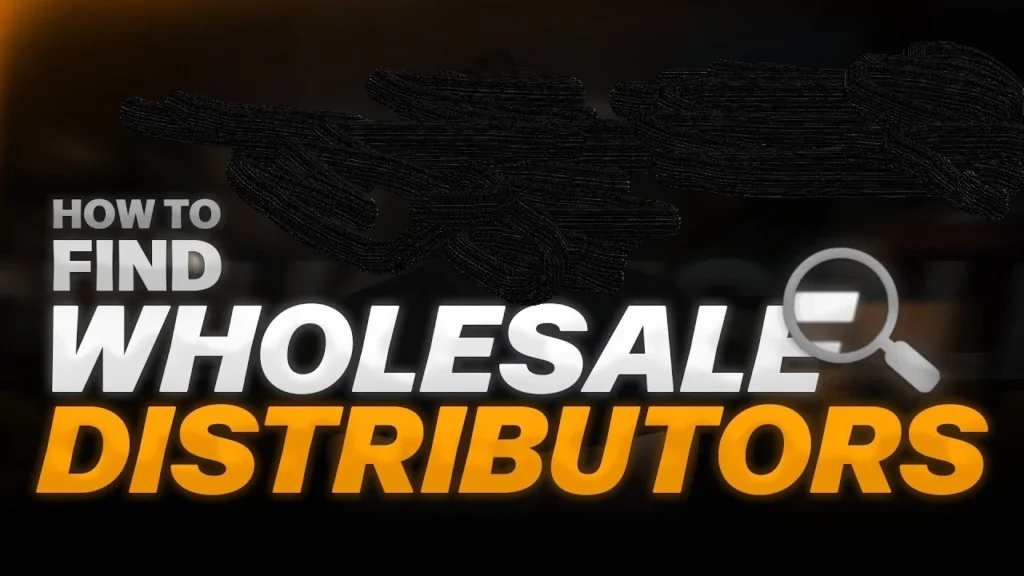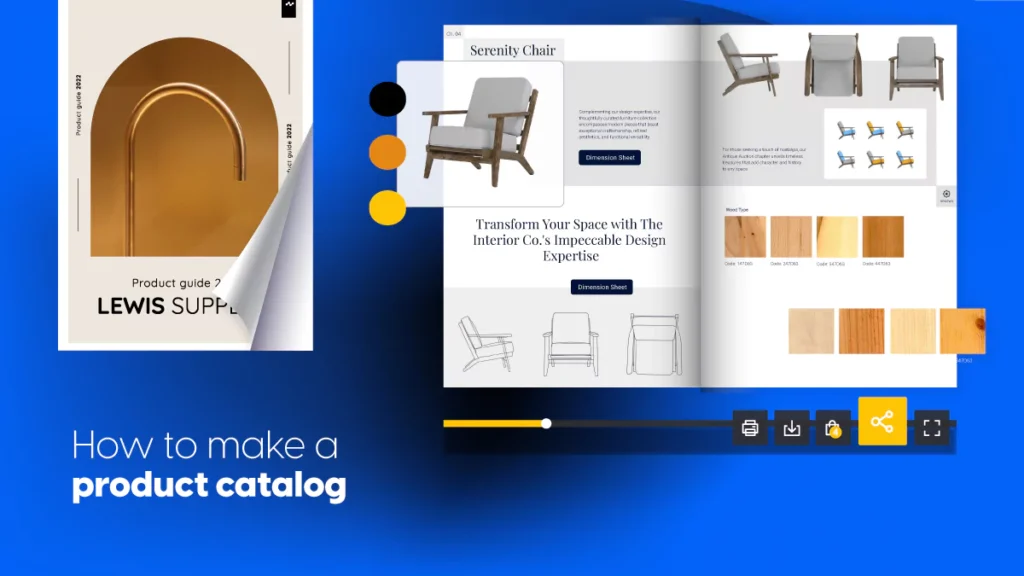Let’s be real: when you first learn about MOQ (minimum order quantity), it might feel like:
“Bruh, that’s steep!”
But MOQ isn’t some shady gatekeeper — it’s a business tool that helps your brand:
Manage production costs
Avoid cash flow drama
Control inventory risk
Attract the clients you want
This guide dives into what MOQ is, why it matters, and how to set one that works for you — not just for big corporations.
What Is MOQ, Anyway? (And Why Brands Set It)
MOQ = the minimum number of units a buyer must purchase in one order to work with you.
Why MOQs Exist:
Economies of Scale: Printer, factory, and shipping costs go down with bulk volume
Cost Recovery: Recoups setup fees — printing plates or manufacturing runs don’t magically disappear
Inventory Management: Prevents small orders from clogging your cash flow
Pricing Peace: Keeps your per-unit cost profitable — no discount fatigue
Example:
If your candle costs $3 to make and sells for $6 retail, but each production batch costs $2,000 to set up, you need enough orders to avoid a breakup between price and profit.
Why MOQ Matters — For Businesses of All Sizes
1. Cash Flow Control
Low MOQs can destroy your margin. High MOQs? Risky if your cash isn’t ready.
The sweet spot: a threshold that covers costs but stays order-friendly.
2. Production Efficiency
Manufacturing isn’t “press run and go.” You’re paying setup fees. MOQs ensure that each run is worth your while (and your vendor’s).
3. Inventory Health
Unsold products tie up money and space. MOQ stops one-off orders that clog your basement or storage unit.
4. Buyer Matching
The right MOQ shows who your brand is for — small boutiques, gift stores, larger chains, etc.
It’s like dating — you’re only messaging the clients who vibe with you.
Common Mistakes Brands Make With MOQ
Setting MOQ too low: “I just want orders!” — but ends up in red
Setting MOQ too high: “I can’t deal with chickenshit orders” — and no one shops with you
Having no MOQ written down: Buyers ghost because they don’t know what’s “too little”
Not revisiting MOQ: Costs change, but your terms don’t? Red flag
Forgetting to explain: If buyers don’t know why you have MOQ, they assume you’re price-gouging
How to Calculate the Right MOQ for Your Brand
Step 1: Break Down Your Production Costs
Setup cost (e.g., plate, mold): $500
Cost per unit: $3
Gross margin target (like 50%)
Step 2: Add Inventory & Shipping Buffers
Holding costs, packaging, freight: $2/unit
You want some wiggle room for returns or slow seasons
Step 3: Decide on a Launch MOQ
Say you want the setup cost spread over at least 100 units:
Total = $500 + 100 × $5 = $1,000 → $10/unit
Your cost per unit = $3 + $2 = $5
You sell at $10, margin = $5
MOQ = 100 keeps your break-even at $1,000
Visual Guide: MOQ at Work
| Variable | MOQ 50 | MOQ 100 | MOQ 200 |
|---|---|---|---|
| Setup cost/unit | $10 | $5 | $2.50 |
| Cost/unit | $5 | $5 | $5 |
| Sell price | $12 | $12 | $12 |
| Profit/unit | $7 | $7 | $7 |
| Total profit | $350 | $700 | $1,400 |
MOQ 50: Small but slower profitability
MOQ 200: Max leverage per batch, but higher entry cost
Finding your sweet spot matters.
Setting a Dynamic MOQ Strategy
Help different types of buyers work with you:
Standard MOQ: The one that works with your cost target (e.g., 100 units)
Sample pack option: 10–20 units at a higher price — used as a teaser
Scaling tiers:
100 units → base price
300 units → +5% discount
500 units → +10% discount
This builds confidence and keeps your cash flow while staying approachable.
How MOQ Signals Brand Value (And Fights Discount Pressure)
A. Sign of quality and professionalism
High MOQ shows you’re not a hobby but a brand that deserves attention.
B. Keeps negotiations fair
Buyers come in sliding with “Can you drop the MOQ to 20?”
Your answer: “Sure, here’s Sample Pack pricing — MOQ stays at 100 for wholesale.”
C. Differentiates you from the fast-fashion noise
Your commitment to art and production attracts aligned buyers.
Messaging Your MOQ (Without Scaring Buyers Away)
Your MOQ shouldn’t feel like a gate — it should feel like a gate you control.
On your website or line sheet:
“Our standard MOQ is 100 units — perfect for gift shops & boutiques. For sampling, try our 10-unit Starter Pack.”
In pitch emails:
“We work with brands at 100-unit MOQ, which keeps pricing and inventory safe for both parties. Let me know if you’d like to start with a Starter Pack!”
Packaging mock-ups:
Include sample vs. MOQ imagery so clients understand scale.
Handling MOQ Pushback Like a Pro
If someone says, “That’s too many, can’t you lower?” you:
Acknowledge: “I get it — it’s a big ask”
Explain rationale: “We keep MOQ to cover setup and shipping…”
Offer alternative: “Try our 20-unit Starter Pack for $X/unit”
This shows empathy and professionalism.
Case Study: From 75 to 150 to 300 — MOQ Pivot Pays Off
Situation:
My perfume brand has an MOQ of 75, low profit, and unpredictable inventory.
Actions:
Raised MOQ to 150 (double size)
Launched a “Starter Pack” of 25 units at a premium price
Offered tiered pricing (5% off at 300 units)
Results:
Average order size increased by 60%
Monthly profit increased by 80%
Buyers bought sample packs first, then transitioned to full MOQ
Result: Profitability + predictable production + buyer confidence — win-win.
Scaling Your MOQ as Your Business Grows
Your MOQ today might not cut it in two years. Things to consider:
Renegotiate vendor setup costs
Setup fees drop with larger orders — reset MOQ accordingly.Monitor sales velocity
If you sell 200 units/month, it’s healthier to require 300 MOQ.Adjust the reservation strategy
Consider rolling production or split shipments for big orders.
Common MOQ Myths (Busted)
MOQs scare buyers away → Not if you explain and offer samples
Everyone expects low MOQs → No! Many legit brands expect volume
MOQ = max price you can charge → Tiered pricing keeps increases transparent
It stops small shops from buying → Sample kits help them enter the fold
Tech Tools to Manage MOQs Smartly
Inventory Software
Track MOQ, pending orders, safety stock, and projected sales
Examples: TradeGecko, QuickBooks Commerce
Automated Pricing Tools
Apps like Prisync can auto-adjust prices based on order size.
eCommerce Platforms
Shopify and WooCommerce allow variant-based MOQ enforcement and bundle discounts.
ERP Systems
Large operations can use NetSuite or Cin7 to integrate MOQ, production planning, and accounting.
Quick Recap: The MOQ Cliff Notes
| Topic | Key Takeaway |
|---|---|
| What MOQ means | The least you need them to buy to make it work |
| Why it’s important | Covers costs, manages inventory, sets brand tone |
| How to calculate | Setup cost + per-unit + buffer = sweet MOQ |
| Handling objections | Be empathetic, offer sample alternatives |
| Scaling & adjusting | Adjust when costs or sales cycles change |
| Tech tools | Inventory & pricing platforms for smooth ops |
Final Thoughts: MOQ Isn’t a Block — It’s a Bridge
MOQ isn’t meant to be an obstacle — it’s a tool to:
Keep your business sustainable
Signal value and professionalism
Align your production with the right buyers
Scale your brand intentionally and strategically
Set the right lines (like a serene moat, not a fortress wall). Use empathy, transparency, and smart systems — and watch MOQ become your growth secret.
Call to Action: Set Your Smart MOQ
Review your current costs, setup fees, and storage charges
Calculate your ideal MOQ using our free MOQ Calculator template
Adjust your line sheet and pitch emails — include sample kit options
Monitor orders for 90 days and refine your MOQ strategy as you grow
MOQ is not a “set it and forget it” — it’s a dynamic lever for branding, cash flow, and scalability.
